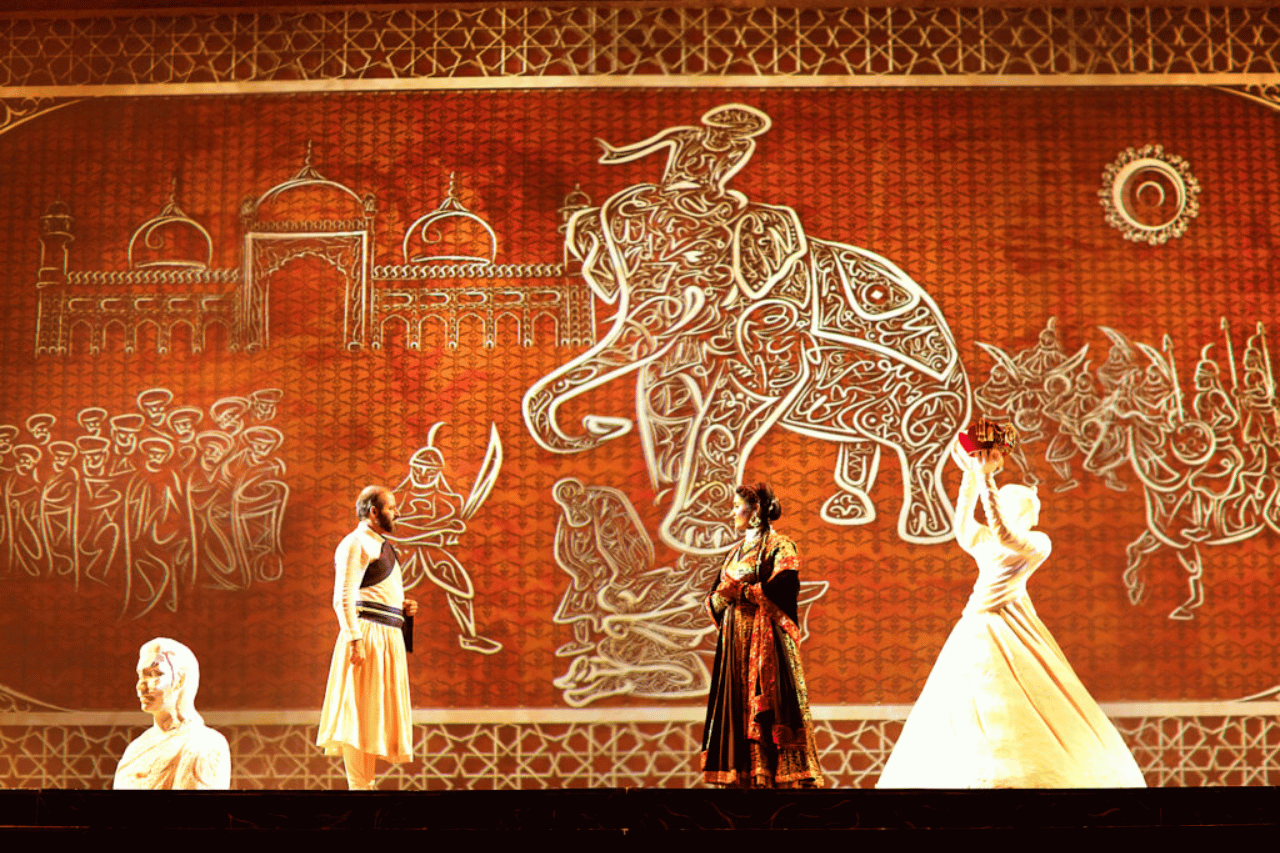
Why the movie Mughal-E-Azam continues to fascinate us
Some films are popular only in their own time and some films continue to fascinate successive generations. That is the essential difference between a good film and a classic one, like Mughal-e-Azam which was released in 1960. This film is based on the play ‘Anarkali’ written by Imtiaz Ali ‘Taj’, in 1922 and then rewritten in 1931. It’s an intriguing palace tale of the developing love between a servant girl and the crown prince, set in Lahore. The offended emperor [Akbar] ends the love story by ordering Anarkali to be buried alive in four walls. As the author says in his preface, there is no historical basis to this story, it is just a legend.
Till today, four films have been made on the play, but the spell cast by Mughal-e-Azam is unique. The keyword that evokes the experience of this film is grandeur, which stems from the vision that director K Asif had of life, of the history and culture of his motherland. He converted the legend into a glorious chapter of Indian history. The story had all the popular elements -- resolute and a passionate lovers who refuse to be separated; unrelenting parents and questions of social hierarchy and taboos, the usual obstacles in the path of lovers in India, be it in stories or real life. The drama resulting from this situation is very human, universal and therefore, appealing. This impossible and intense love story forms the core around which Asif builds the Mughal world. This world is wise, compassionate, yet harsh and full of conflict of values and duties.
Indian cinema had seen stories of royal families, battle scenes, action, songs and dance since the 1930s. However, Asif redefined all these. The outdoor battle scenes that were shot in Rajasthan over two months had as many as 16 cameras, and more than 8,000 soldiers of the Indian Army participated in action. And all this for the major battle scene that lasts for seven minutes on screen! The sets built by M.K Syed were not just grand, but contributed a great deal to the creation of the mood. Filming the famous song Pyaar kiya toh darna kya in the sheesh-mahal with glass on all sides, was considered a technical impossibility even by Hollywood peers. But the cinematographer R. D. Mathur took up the challenge and gave excellent results. For the first time in Indian films, such detailed attention was paid to the costumes and properties of the characters.
Tailors were brought from Delhi to stitch the costumes, Hyderabadi goldsmiths made the jewellery, Kolhapuri craftsmen the crowns, Rajasthani ironsmiths fabricated the shields, swords, spears, daggers and armour, specialists from Surat-Khambayat were employed for the exquisite zardozi embroidery on the costumes while the elaborate footwear was ordered from Agra. Some of the scenes took three days to light up and up to three weeks to shoot! The filming itself took 500 working days. The estimated cost of the film was Rs1.5 crore, an astronomical sum at the time. The film was in the making for nearly 12 years.
The music and lyrics of this film continue to have the same magic today. This was the high point of Naushad’s career as a composer and of Shakeel Badayuni as lyricist. In addition to the legendary playback singers, Ustads - Bade Ghulam Ali Khan, Niyaz Ahmed Khan, Hafiz Ahmed Khan and Faiyyaz Ahmed Khan, also sang in this film. Pandit Ramdasji played the pakhawaj; Pandit Ramnarain led the sarangi section and Ustad Abdul Halim Jaafar Khan the sitar section.
Prithviraj Kapoor as Akbar, Dilip Kumar as prince Salim, Durga Khote as Jodhabai, Nigar Sultana as Bahaar and Madhubala as Anarkali came up with stunning performances. Although this is a love story of Salim and Anarkali, the director maintains a strong focus on Akbar; even naming it after Akbar The film had an all-India release in 150 theatres simultaneously. This was a stupendous feat in those days. In 2004, a colourized version of the film was released.
2025 schedule coming out soon!
Drop your email id to get notification




.png)